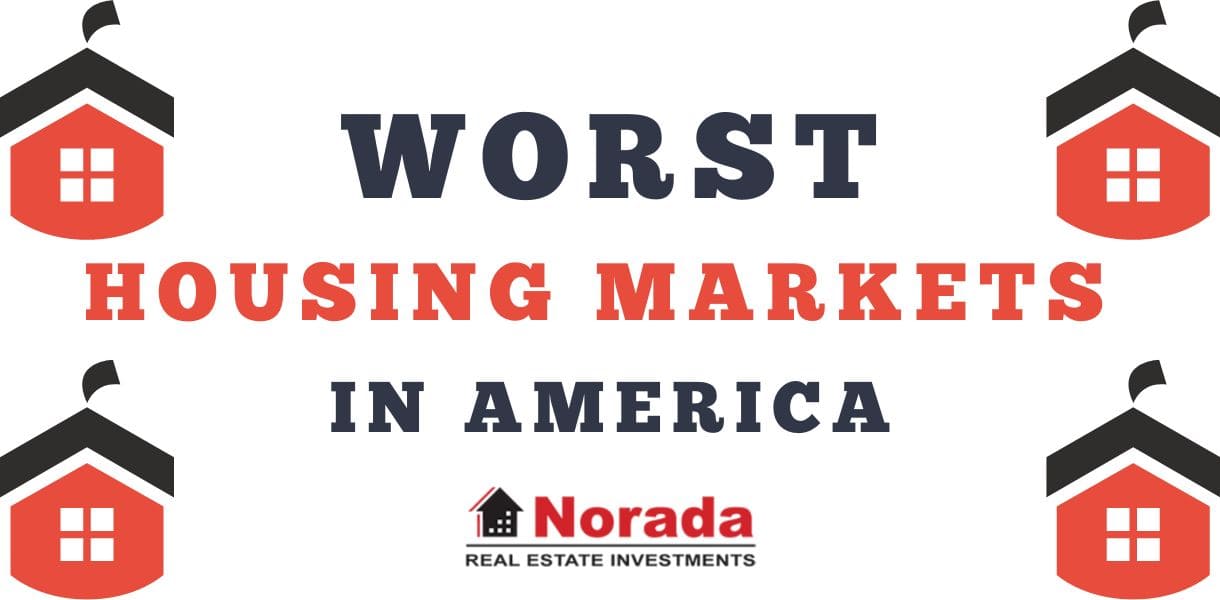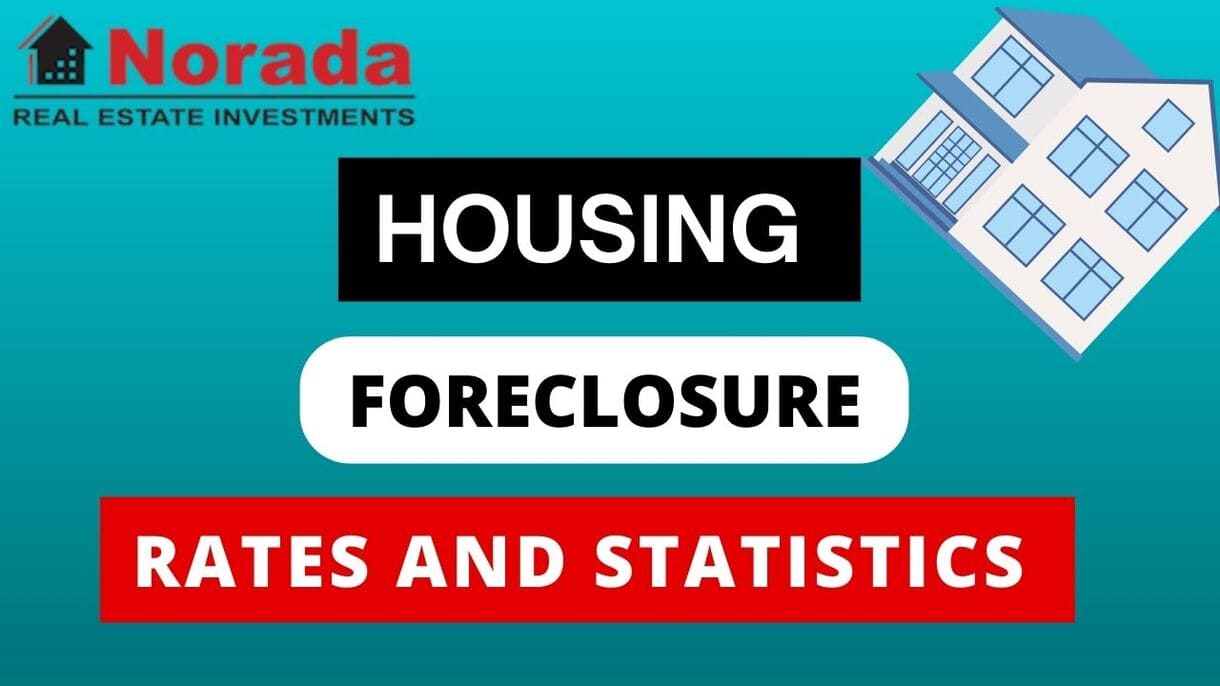Are you thinking about buying a new home? If so, you're probably keeping a close eye on mortgage rates. The good news is, lower mortgage rates help push new-home sales higher, and we've seen a bit of that recently. While the increase might not be as dramatic as some hoped, the slight dip in rates combined with limited existing home inventory has given the new construction market a little boost.
Let's dive into what's happening and what it could mean for you.
New-Home Sales Rise as Mortgage Rates Drop Significantly
A Slight Uptick, But Not a Home Run
Recent data shows that sales of new single-family homes in February experienced a modest rise. Specifically, sales jumped 1.8% to a seasonally adjusted annual rate of 676,000. That's also 5.1% higher than the same time last year.
While any increase is positive, some experts were expecting a more significant surge, especially given the slight decrease in mortgage rates. In my view, this highlights a key issue: the underlying demand for housing is much stronger than what these numbers reflect.
Why Aren't Sales Higher? The Demand Dilemma
According to experts if new-home sales were tracking at the long-run average percentage of total households, then the pace of new-home sales would be almost 950,000. This really underscores the fact that even with the increase, we're still falling short of meeting the current housing needs of our growing population.
Think of it this way: imagine you're trying to fill a swimming pool with a garden hose. You're adding water, but the pool is so big that it takes a long time to see a real difference. That's kind of what's happening in the housing market.
Inventory: A Mixed Bag
One of the reasons new-home sales are getting a boost is the lack of existing homes available for sale. This makes new construction a more appealing option for many buyers.
Here's a breakdown of the inventory situation:
- Total new-home inventory: Rose to 500,000 in February.
- Year-over-year increase: A 7.5% jump compared to February of last year.
- Months' supply: This translates to an 8.9-month supply at the current sales pace.
That 8.9-month supply figure is important. It tells us how long it would take to sell all the new homes currently on the market if builders didn't add any more. A healthy market usually has a supply of around 6 months. So we have more inventory, but it is still not enough.
And here's something interesting: the number of completed, ready-to-occupy homes has also increased significantly.
- Ready-to-occupy homes: Up 35% year-over-year, reaching 119,000.
- Highest level since: Mid-2009
This is good news for buyers who are in a hurry to move in. The increased availability of these homes could make new construction an even more attractive option.
Price Check: What's the Damage?
The good news is that the median home sales price actually decreased compared to last year.
- Median sales price: $414,500 in February 2025.
- Year-over-year decrease: A modest 1.5% drop.
While a 1.5% decrease might not sound like much, any bit of relief on the pricing front is welcome news for potential buyers.
Regional Differences
It's important to remember that real estate is local. While nationally, new-home sales are up, the picture varies depending on where you live.
- The South: Saw a significant 12.4% increase in sales.
- The West: Sales decreased by 6.7%.
- The Midwest: Experienced a 13.5% drop.
- The Northeast: Took a major hit, with sales plummeting 50.8%.
These regional differences highlight the impact of local economic conditions, demographics, and even weather patterns on the housing market.
Challenges on the Horizon
Even with lower mortgage rates and a slight increase in sales, builders are still facing some major headwinds. There's a potential impact of increased material costs due to tariffs. This could make it more expensive to build new homes, potentially slowing down construction and impacting affordability. He also rightly noted the difficulties the builders face with the supply chain that limits the ability to scale up construction.
This is where the rubber meets the road. Builders are working hard to meet demand, but they're dealing with rising costs, labor shortages, and supply chain issues.
The Bottom Line: Is Now the Right Time to Buy?
So, what does all of this mean for you, the potential homebuyer?
Here are a few key takeaways:
- Lower mortgage rates are helping, but not enough.
- New-home sales are up slightly, but demand is still high.
- Inventory is improving, but it varies by region.
- Prices have cooled off a bit.
- Builders are facing challenges that could impact supply and affordability.
Ultimately, the decision of whether or not to buy a new home depends on your individual circumstances. You'll need to consider your financial situation, your needs and preferences, and the local market conditions in your area.
But, if you've been on the fence, the current environment might present some opportunities. Lower mortgage rates can save you money over the life of your loan, and the increased inventory of new homes gives you more options to choose from.
Just be sure to do your homework, work with a qualified real estate agent, and get pre-approved for a mortgage before you start your search.
In Conclusion
While the housing market can feel a bit like a rollercoaster, understanding the trends and factors at play can help you make informed decisions. The slight boost in new-home sales is a positive sign, but it's important to remember that the market is still facing challenges. Keep an eye on mortgage rates, inventory levels, and builder sentiment, and you'll be well-equipped to navigate the home-buying process.
Work With Norada in 2025
Gen Z is entering the housing market in record numbers!
Discover the top 10 housing markets where young buyers are investing in their future.
Secure a turnkey rental property in these high-demand areas and start building long-term wealth with smart real estate investments.
Speak with our expert investment counselors (No Obligation):
(800) 611-3060
Recommended Read:
- Top 10 Housing Markets Where Gen Zs Are Buying Homes
- Buying a Home Will Be More Affordable Than Renting in 2025
- Housing Crisis: Gen Z and Millennial Homeownership Rates Stalled
- Housing Market Trends: Sales, Prices, and Inventory Analysis
- Housing Market Predictions for 2025 by Bank of America
- Housing Market Predictions for the Next 4 Years: 2025 to 2028
- Housing Market Forecast for the Next 2 Years: 2024-2026
- Housing Market Forecast Shows Affordability Crisis to Continue in 2025
- Housing Market Predictions for Next Year: Prices to Rise by 4.4%
- Real Estate Forecast Next 5 Years: Top 5 Predictions for Future
- Is the Housing Market on the Brink in 2024: Crash or Boom?
- Real Estate Forecast Next 10 Years: Will Prices Skyrocket?
- Housing Market Predictions for Next 5 Years (2024-2028)




